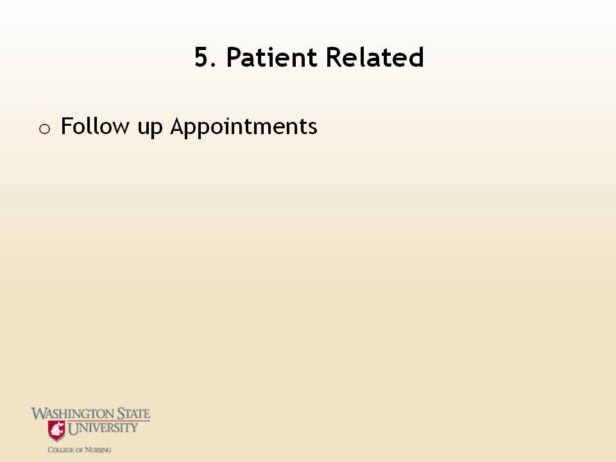 |
First,
the patient is provided with knowledge about the medication and the need for
it. Second, having a follow-up appointment provides a measure of
accountability for the patient to actually take the medication in the
interim so that the follow-up appointment with the prescribing provider will
be beneficial. Third, having a follow-up appointment reassures the patient
that the medication effectiveness will be evaluated and that there will be a
time for the patient to ask more questions and provide input to the provider
about the medicationís effectiveness. Finally, the follow-up appointment
provides an opportunity to discontinue the medication, change the
prescription (e.g., dose, timing) if needed, and explore barriers and
solutions to ongoing adherence.7
|
